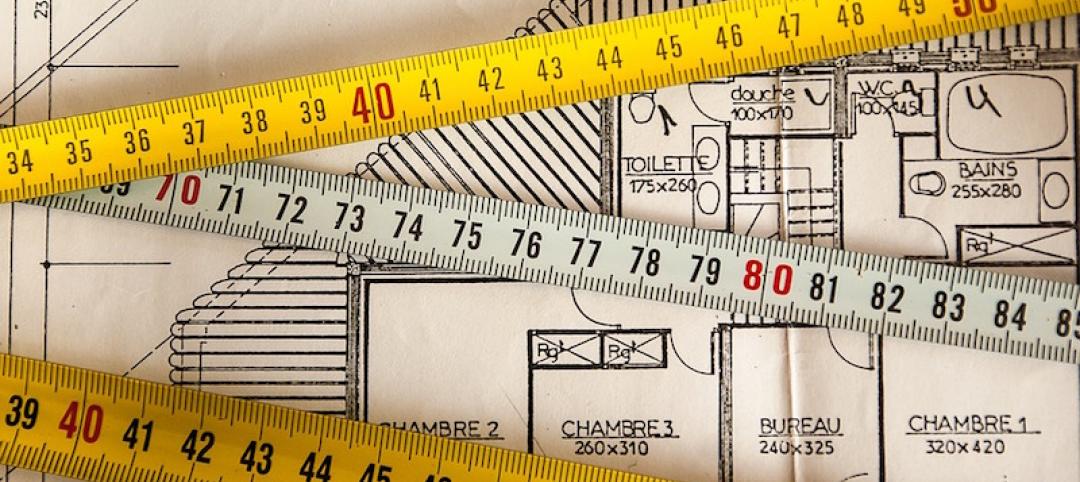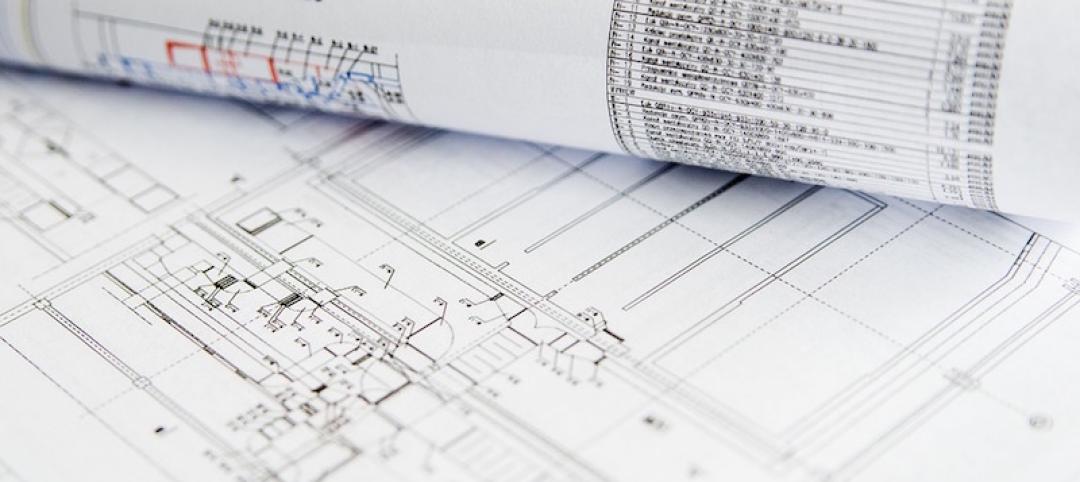Reed Construction Data has announced that the dollar value of construction starts in June, excluding residential activity, surged 34% versus May. The figures are in "current" dollars, meaning they are not adjusted for inflation.
The individual month of June, at $32.0 billion, was one of the strongest in Reed's entire database. To find a similarly high volume, one has to look back at June 2008, just before the Great Recession really took hold.
The one-third increase was an outsized gain, even after taking into account seasonality. Reed's long-term average May-to-June increase has been 4.5%. By comparison, May's month-to-month percentage change was +6.2% and April's -4.5%.
June starts this year compared with June of last year were +14.4%. The year-to-date level of total nonresidential construction starts, at $138 billion, was +2.4% when compared with the same January to June period of 2013.
Nonresidential construction accounts for a considerably larger share than of the total than residential work. The former's proportion of total put-in-place construction in the Census Bureau's May report was 62% versus the latter's 38%.
Reed's construction starts are leading indicators for the Census Bureau's capital investment or put-in-place series.
After a shockingly harsh winter, during which GDP contracted, the U.S. economy is back on an expansionary path with stock market indices near record highs and the unemployment rate close to the nation's 20-year average of 6.0%. Firms in the private sector are feeling more pressure to build new facilities.
The month-to-month leaders among major nonresidential construction categories were commercial +39%, and heavy engineering +34.7%. Institutional work was also up +3.6%, but to a much lesser degree. Industrial starts recorded a large percentage gain, but it came on top of a smaller dollar volume than the other three.
Commercial starts this June were even more impressive, +48.5%, when compared with June of last year. Engineering starts this June versus the same month last year were +13.7%. Institutional starts were -8.1%.
Year to date, heavy engineering (+13%) is out front, followed by institutional (+5.9%). Commercial starts (-14.5%) are still down from last year. Industrial work is 13.5%.
In commercial construction's two largest sub-categories, retail starts were +8.3% month to month, but -8.1% year to date, while private office building starts were +81.6% month to month and +29.6 year to date.
In the institutional category of work, school and college starts were +7.5% month to month and +9.7% year over year. Hospital/clinic starts moved in the opposite direction, -43.2% month to month and -12.3% year to date.
With the exception of dam/marine work, all the sub-categories of heavy engineering construction were ahead both month to month and year to date, with water and sewage work especially strong versus May, +40.2.
Institutional and heavy engineering work have especially close ties to government finances. Washington's deficit is diminishing, although the debt load remains high. At the state and local levels, the ongoing improvement in the overall economy is providing budgetary payoffs.
The nonresidential construction sector will derive benefits from taxes that are increasing naturally. Stronger employment and higher incomes lift income tax revenues; advances in consumer spending yield more sales taxes; and rising home prices translate into improved property taxes.
The value of construction starts each month is summarized from Reed's database of all active construction projects in the U.S. Missing project values are estimated with the help of RSMeans' building cost models.
See Reed Construction Data's full Construction Industry Snapshot here.
Related Stories
Architects | Mar 9, 2017
Watch Frank Lloyd Wright and Buckminster Fuller discuss architecture in animated video shorts
Given more time, Wright wanted to rebuild the country and change the nation.
Architects | Mar 6, 2017
Demolished Frank Lloyd Wright buildings get new life with photorealistic renderings
Architect David Romero recreated the Larkin Administration Building and the Rose Pauson House with detailed, fully colored renderings.
Building Team | Mar 6, 2017
AEC firms: Your website is one of the most important things you'll build
Don’t believe it? You’d better take a look at the research.
Architects | Mar 3, 2017
Hoffmann Architects’ Leadership Elected President of Three Industry Organizations
Maureen Dobbins, Lawrence Keenan, and Arthur Sanders to lead chapters of BOMA, AIA, and ICRI.
Office Buildings | Mar 2, 2017
White paper from Perkins Eastman and Three H examines how design can inform employee productivity and wellbeing
This paper is the first in a planned three-part series of studies on the evolution of diverse office environments and how the contemporary activity-based workplace (ABW) can be uniquely tailored to support a range of employee personalities, tasks and work modes.
Building Team | Mar 1, 2017
Intuitive wayfinding: An alternate approach to signage
Intuitive wayfinding is much like navigating via waypoints—moving from point to point to point.
Architects | Mar 1, 2017
Rafael Aranda, Carme Pigem and Ramon Vilalta receive the 2017 Pritzker Architecture Prize
2017 marks the first time that three architects together are honored with the prize.
Architects | Feb 27, 2017
AIA selects four individuals to receive the 2017 Associates Award
The AIA Associates Award is given to individual Associate AIA members to recognize outstanding leaders and creative thinkers for significant contributions to their communities and the architecture profession.
Architects | Feb 24, 2017
14 architects selected to receive the 2017 Young Architects Award
Young Architects are defined as professionals who have been licensed 10 years or fewer regardless of their age.














